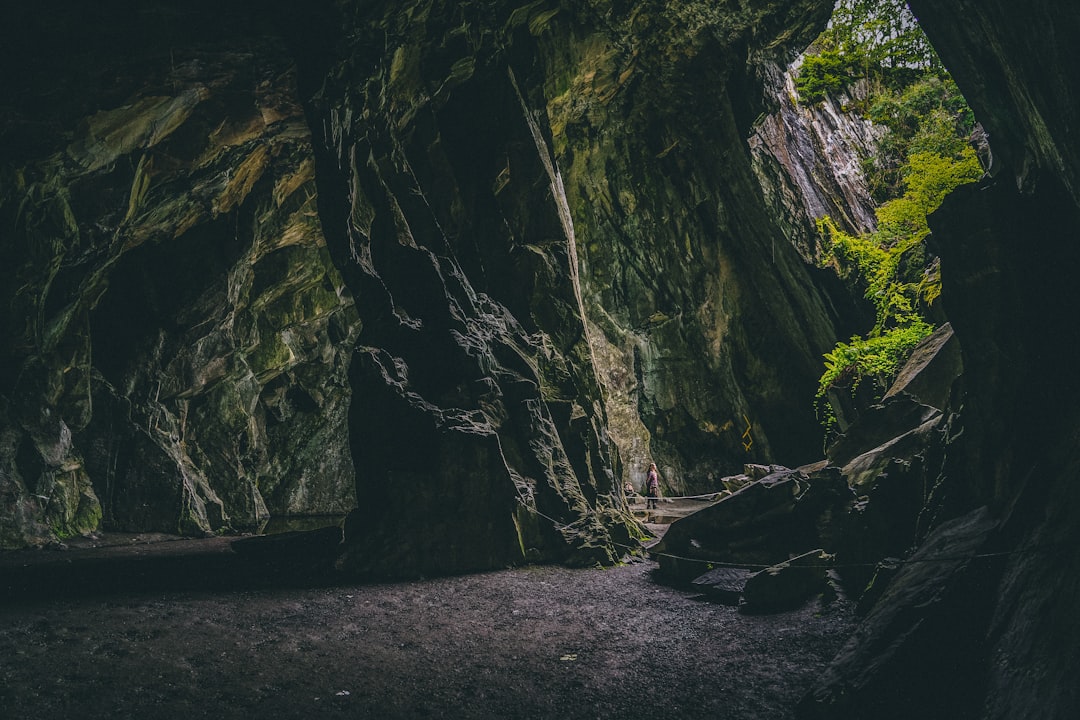What is it about?
Little is known about the native species, so much of the project focused on comparing the invasive and native species to evaluate the potential risk that H. frenatus poses to the local species. Dan caught a lot of animals of both species, measured and weighed each specimen, and marked it with a unique plastic tag. He also shone a lamp through the body to count the eggs (a clever little trick!). The unique plastic tag meant that he could recognise individuals and, through some clever statistics, work out how many animals were in the population. The results were interesting: the native species was larger and more common than the invasive (which runs counter to some other work on this species), but the invasive species had a greater number of eggs on average. This means that the native species may be holding its own for now, but might be vulnerable if the invasive species can out-breed it.
Featured Image
Why is it important?
There are so many species at risk that it is certain that some go extinct before we even recognise that there is a problem (sometimes we haven't even named the species before it is lost!). These kinds of studies on islands are valuable because they can provide insights into which native species are vulnerable to invasive species and which can hold their own.
Perspectives
Invasive species cause enormous losses to biodiversity around the world, and many invasive species also cause economic losses through disruption of human activities. For instance, invasive plants clog rivers, and invasive animals damage crops. The invasive species on the right is the common house gecko, Hemidactylus frenatus, which has adapted well to life with humans and is often found on buildings around the tropics. However, the species also travels with humans and damages native wildlife when it arrives in new places. Dan Nicholson, a MSc student working with me at the University of Leeds, went out to the Cayo Cochinos islands off the coast of Honduras to see what was happening between the invasive gecko and a native species, Phyllodactyus palmoides.
Dr Christopher Hassall
University of Leeds
Read the Original
This page is a summary of: Comparison of a native and a non-native insular reptile species, Journal of Tropical Ecology, September 2015, Cambridge University Press,
DOI: 10.1017/s0266467415000462.
You can read the full text:
Resources
Contributors
The following have contributed to this page










